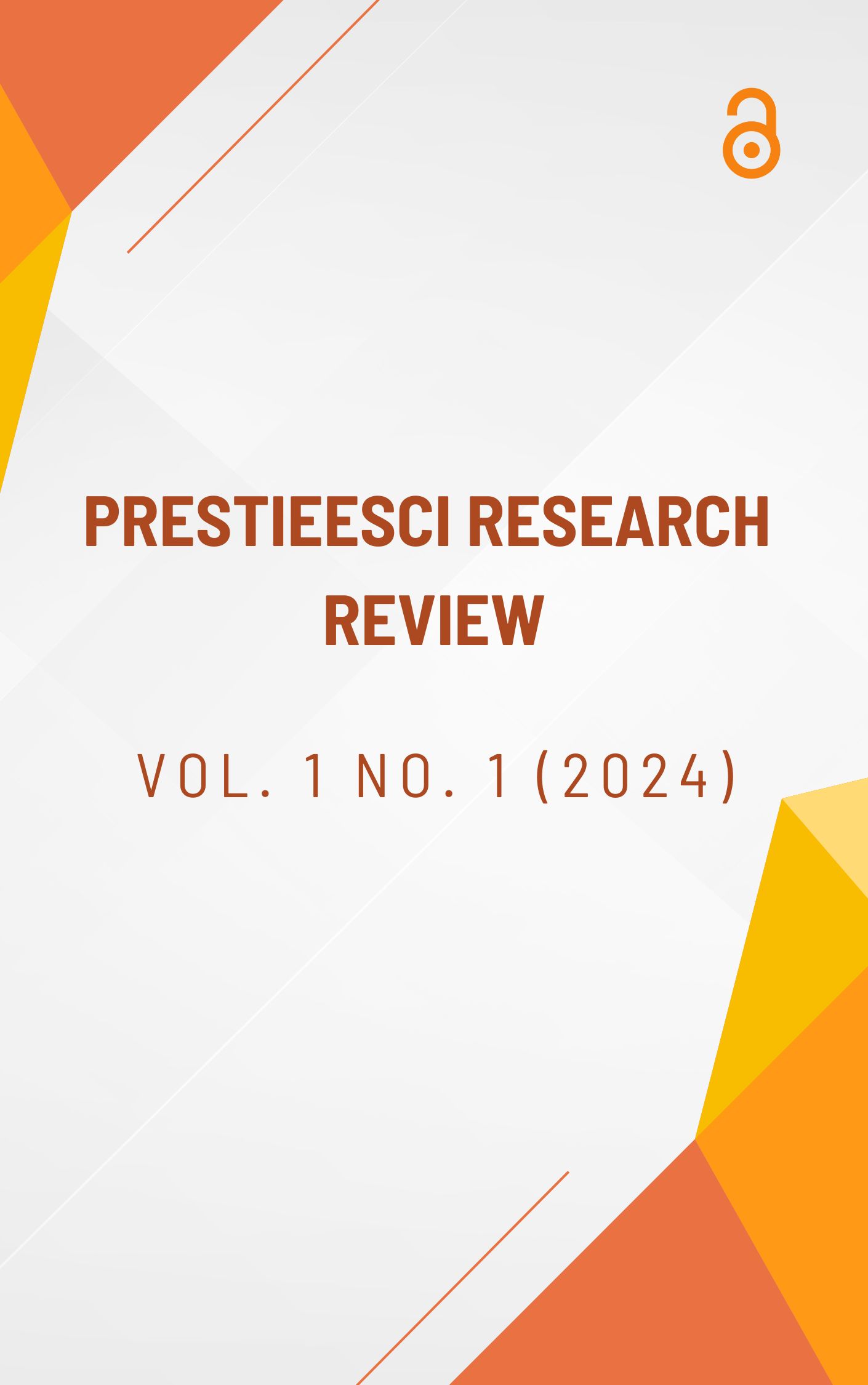ANALYSIS AND DEVELOPMENT OF AN EQUALISATION APPROACH FOR REDUCING DATA ERROR RATES BY STUDYING THE DIFFERENT TYPES OF MISTAKES
Abstract
The development of an equalization approach for reducing data error rates is an important area of research, as data errors can have significant negative consequences for organizations. This article focuses on studying the different types of mistakes that can occur in data processing and developing an equalizations approach to address them. The authors begin by identifying the two main types of errors that can occur in data processing: random errors and systematic errors. Random errors are errors that occur due to chance and can be reduced through increased sample size or improved measurement techniques. Systematic errors, on the other hand, are errors that occur consistently and can be caused by a variety of factors, such as equipment malfunction, calibration errors, or bias in the data collection process. To address systematic errors, the authors propose an equalizations approach that involves identifying and correcting for the specific sources of error in the data. This approach involves analyzing the data to identify patterns or trends that may indicate the presence of systematic errors, and then applying appropriate correction techniques to mitigate these errors. The authors demonstrate the effectiveness of their equalizations approach through a series of experiments using both simulated and real-world data. In these experiments, the equalizations approach was able to significantly reduce the error rates in the data, leading to more accurate and reliable results. Overall, this article provides valuable insights into the different types of errors that can occur in data processing and proposes an effective equalizations approach for addressing them. By reducing error rates, organizations can improve the quality of their data and make more informed decisions, ultimately leading to improved performance and success.




